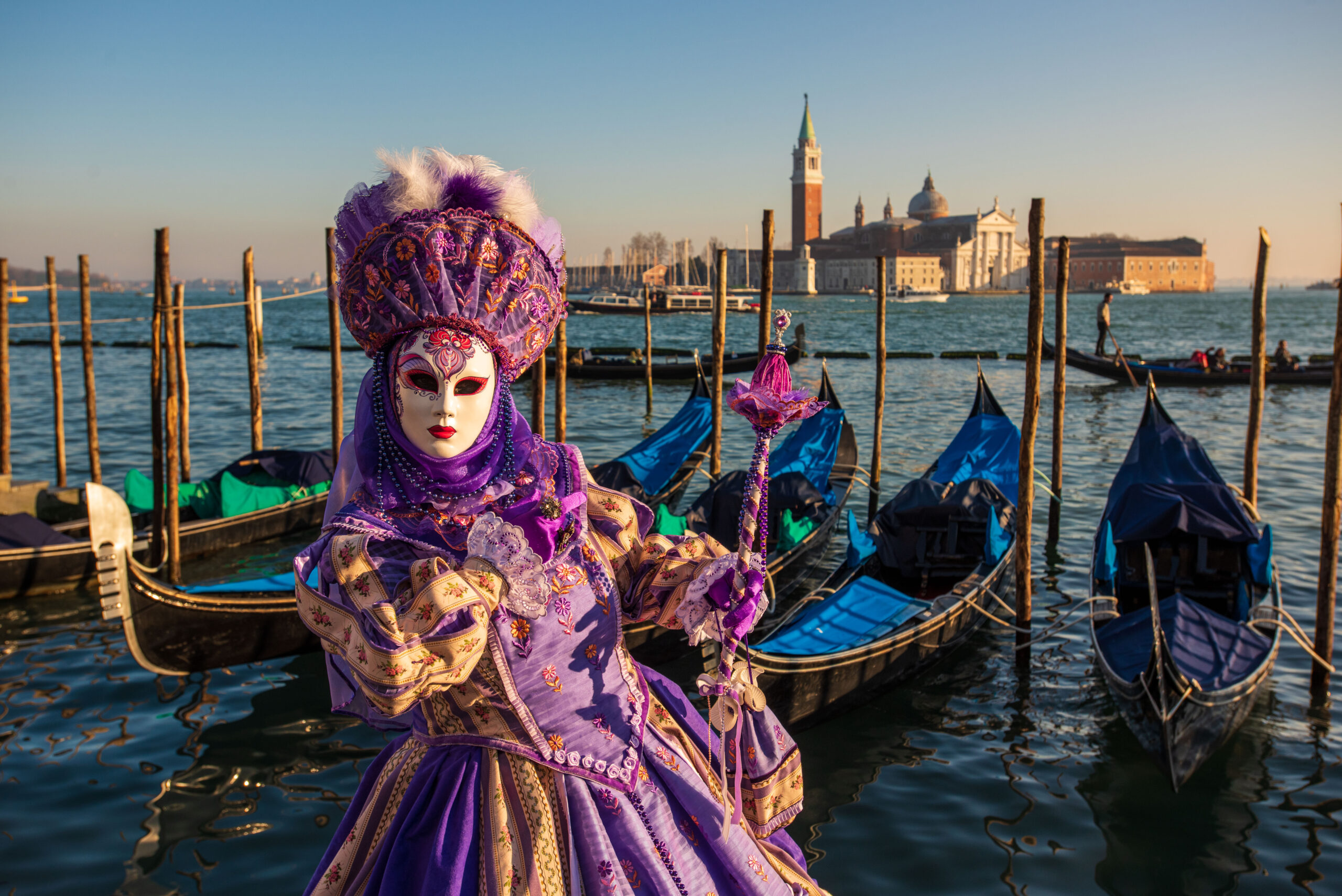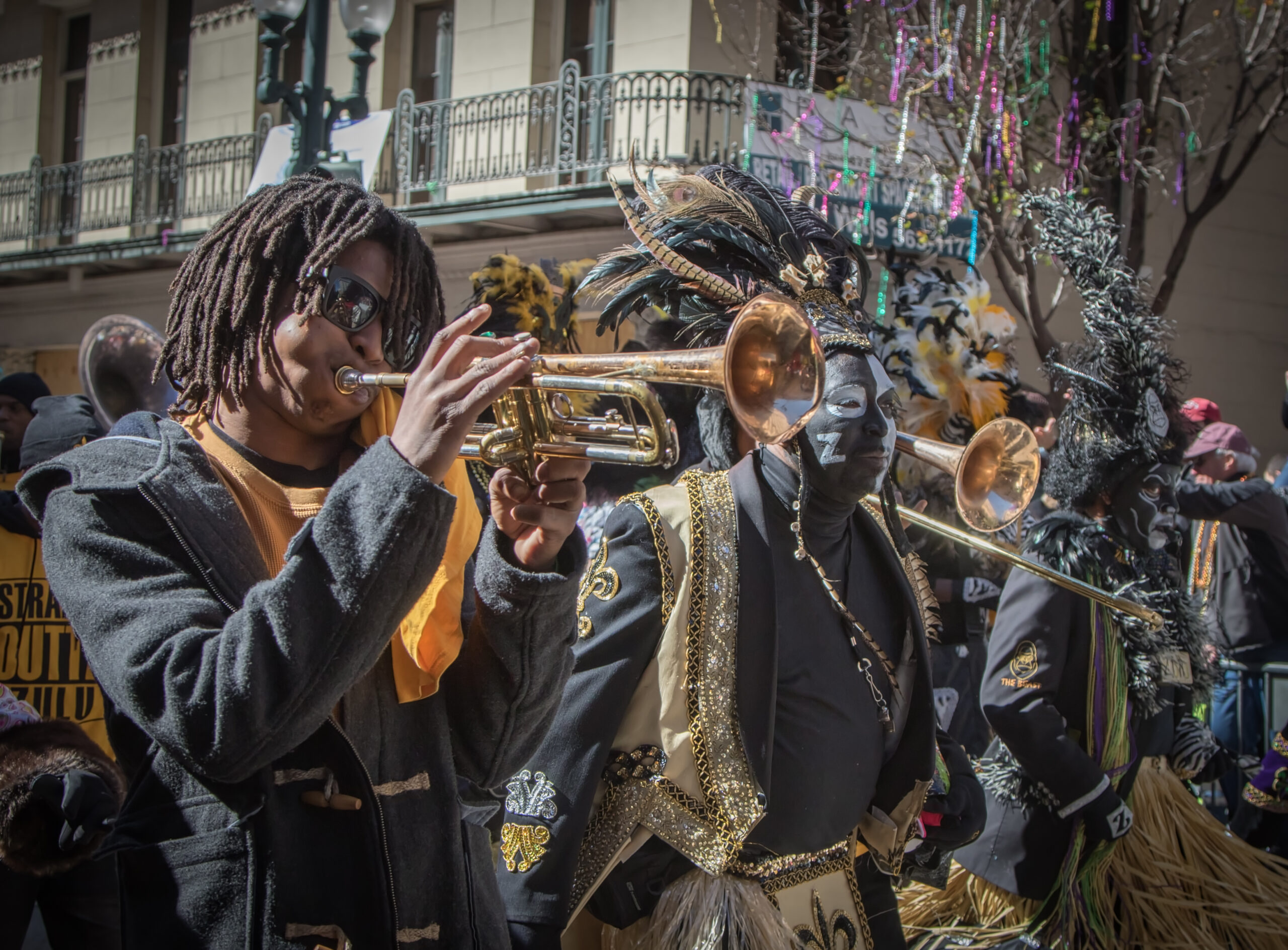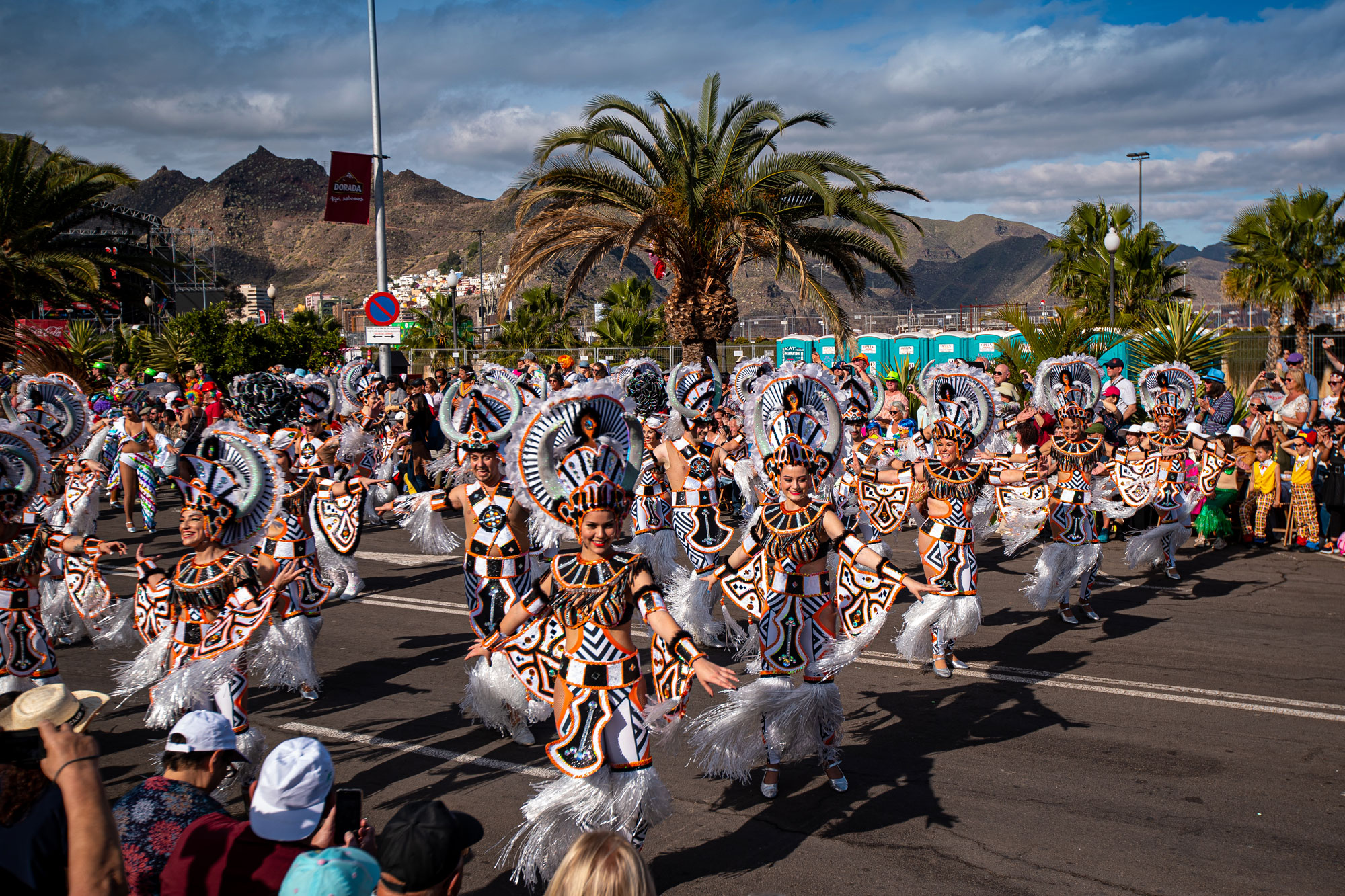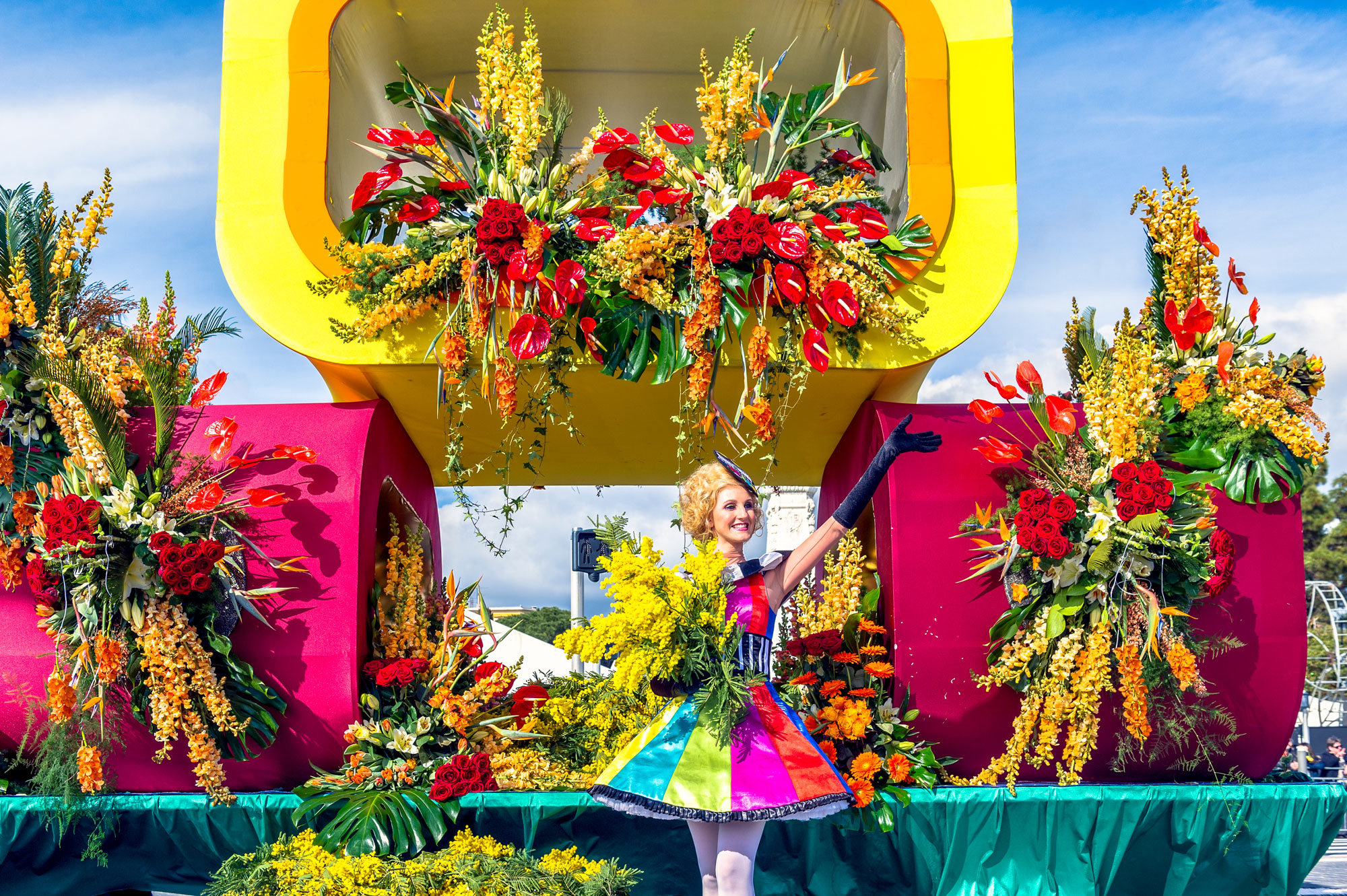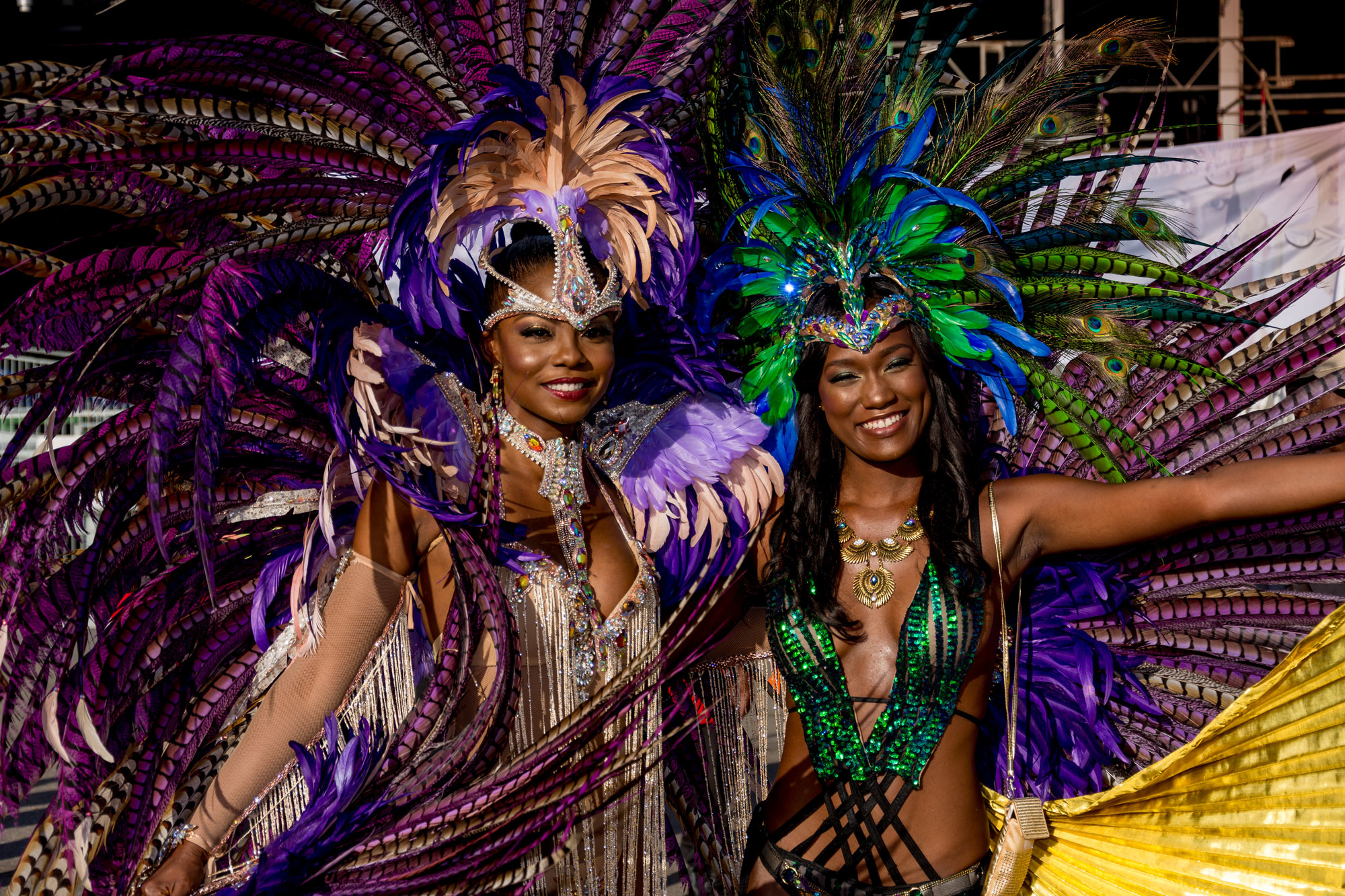Carnival time is upon us and with it, music, parades, a riot of colour and more feathers and sequins than you can shake a stick at. Carnival marks a period of excess in the weeks leading up to Lent, a season of fasting. In some cities, rather than lasting a day or so, the festivities stretch across the entire month of February. And whilst Rio might be the grandaddy of them all, celebrations are held all over the world. Here we offer our pick of the five best alternatives that no travel bucket list should be without.
Venice
Carnival is celebrated throughout Italy but nowhere does it bigger, better or more extravagantly than Venice. Lasting for nearly three weeks, the occasion is marked by lavish masquerade balls, candlelit boat parades and concerts. The festival is especially famous for its elaborate masks, a tradition that dates back to the 13th century when everyone from aristocrats to peasants would hide their social class in order to engage in debauchery. Carnival traditionally begins with the famed Volo dell’Angelo (Flight of the Angel) in which an acrobat dressed as an angel flies via a zip wire from St Mark’s bell tower to the square below.
New Orleans
With the possible exceptions of Rio and perhaps Venice, New Orleans can lay claim to the world’s craziest Carnival: Mardi Gras. Dating back to when Louisiana was a French colony, you can expect numerous parades, amazing costumes and float riders throwing
colourful plastic beads which everyone then wears around their neck. Although the main celebrations tend to confine themselves to Bourbon Street in the French Quarter, there is plenty going on throughout the rest of the city, and the crowds in these neighbourhoods tend to be slightly smaller, although no less exuberant.
Santa Cruz de Tenerife
The Canary Islands are the only place in Europe where warm winter weather is guaranteed, so head to the capital on Tenerife where you can get a tan and enjoy what is reputed to be the second biggest Carnival in the world after Rio. Carnival here can trace its roots back to the 17th century when it was initially celebrated by men dressing as women and vice versa. No surprise therefore that a few centuries later it is now an unmissable event for the LGBTQ+ community. An explosion of parades, free concerts, dances, competitions and fireworks, the festivities are brought to a close with the burning and burial of a giant sardine.
Nice
The origins of Nice’s carnival date back to 1294, but the modern incarnation began in 1872 to provide entertainment for the bourgeoisie wintering on the French Riviera. Today the event features no less than 11 different parades with thousands of dancers and musicians from all corners of the globe and is one of the most important cultural events in the South of France. One of the highlights is undoubtedly the Flower Parade that sees over 100,000 blooms thrown from the floats into the crowd. Street parties transform the city, while a multitude of vendors attempt to entice the revellers with gifts and food.
Trinidad and Tobago
Widely regarded as the best Caribbean carnival in the world, numerous celebrations have taken Trinidad and Tobago as their inspiration, London’s Notting Hill among them. Carnival originated here when slaves, banned from attending their masters’ balls and parties, would stage their own costumed event in their quarters. Enjoy a myriad of cultural events, from stick-fighting and steel pan competitions to limbo and calypso, in the lead-up to the street parade on Carnival Monday and Tuesday. Little wonder that they say if the islanders are not celebrating it, then they are preparing for it, while reminiscing about the past year’s festival!

